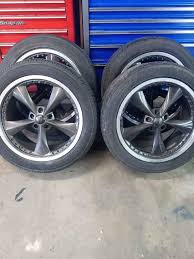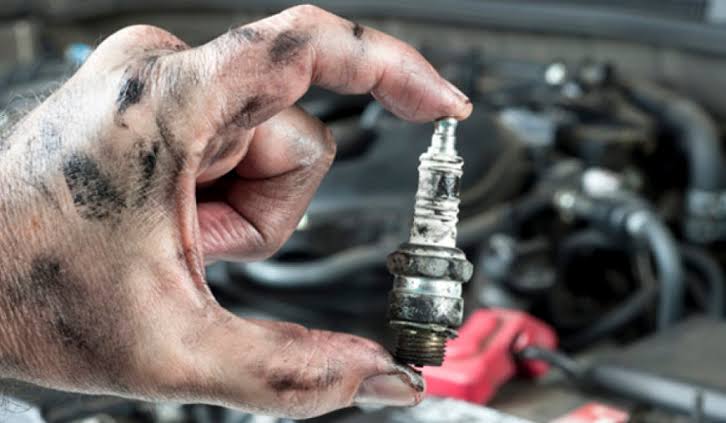Will a Radiator Cap Cause Overheating?

A radiator cap might seem like a small and simple part of your car’s cooling system, but it plays a crucial role in maintaining proper engine temperature. If the radiator cap is faulty or damaged, it can lead to overheating, which can cause significant damage to your engine. In this article, we will explore how the radiator cap functions, how it can cause overheating, and how to tell if it needs to be replaced.
What Does the Radiator Cap Do?
The radiator cap is an essential component of the vehicle’s cooling system. It is designed to maintain the correct pressure inside the radiator, helping to prevent the coolant from boiling and ensuring that the cooling system operates efficiently. The cap performs several key functions:
- Maintains Pressure: The radiator cap regulates the pressure inside the cooling system, typically between 13 to 16 psi. This pressure allows the coolant to reach higher temperatures without boiling, which improves the cooling efficiency.
- Allows for Coolant Expansion: When the engine heats up, the coolant expands. The radiator cap allows for the coolant to expand and contract as necessary, ensuring that the system remains sealed and doesn’t leak.
- Prevents Overheating: By maintaining the correct pressure, the radiator cap helps the coolant flow through the radiator and engine without overheating, which keeps the engine at an optimal operating temperature.
How Can a Faulty Radiator Cap Cause Overheating?
A faulty radiator cap can cause a variety of problems that can ultimately lead to engine overheating:
1. Loss of Pressure
If the radiator cap is worn out or broken, it may not maintain the proper pressure in the cooling system. Without the right pressure, the coolant may boil at a lower temperature, leading to overheating. The engine may begin to run too hot, triggering the temperature warning light or causing engine damage over time.
2. Coolant Leaks
A damaged or improperly sealed radiator cap may fail to contain the coolant, causing leaks. If coolant leaks out, there will be insufficient coolant circulating through the engine, which can lead to overheating. Without enough coolant to absorb and dissipate heat, the engine can quickly overheat.
3. Inefficient Cooling
The radiator cap helps maintain the correct flow of coolant. If the cap doesn’t open and close properly, coolant circulation could be hindered. This can result in poor heat dissipation and cause the engine to overheat because it isn’t being properly cooled.
Signs of a Faulty Radiator Cap
If you suspect that your radiator cap is causing your vehicle to overheat, here are some signs to look out for:
- Overheating Engine: The most obvious sign that your radiator cap might be faulty is that your engine is overheating regularly.
- Coolant Leaks: If you notice coolant pooling beneath your car or dripping from the radiator, this could indicate a problem with the radiator cap.
- Low Coolant Levels: If you’re frequently having to top off the coolant, the radiator cap could be the culprit, as it may not be properly sealing the system.
- Steam or Smoke from the Radiator: If steam is coming from under the hood, it could be because the radiator cap isn’t holding the pressure correctly.
- Temperature Gauge Spikes: If the temperature gauge in your car is spiking or fluctuating unexpectedly, it may be a sign of a faulty radiator cap that’s not maintaining consistent pressure.
How to Fix a Faulty Radiator Cap
If you determine that the radiator cap is causing your car to overheat, it’s important to replace it as soon as possible. Replacing a faulty radiator cap is relatively easy and inexpensive, and it can prevent more serious issues, such as engine damage. Here’s how to fix it:
1. Let the Engine Cool
Before attempting to remove or replace the radiator cap, make sure the engine is completely cool. Opening the radiator cap while the engine is hot can cause coolant to spray out and potentially burn you.
2. Remove the Old Cap
Carefully unscrew the radiator cap, ensuring that there’s no pressure left in the system. If you notice any visible damage or cracks to the cap, it’s definitely time to replace it.
3. Install the New Cap
Replace the old radiator cap with a new one that matches the specifications of your vehicle. Make sure it’s securely in place and that it fits snugly.
4. Check for Leaks
Once the new cap is in place, start the engine and monitor the temperature gauge. Check for any leaks around the radiator and the new cap to ensure that it is functioning properly.
Frequently Asked Questions (FAQs)
1. Can I drive with a broken radiator cap?
It’s not advisable to drive with a broken radiator cap, as it can lead to engine overheating, coolant leaks, and potential engine damage. It’s best to replace the cap before driving.
2. How do I know if my radiator cap is defective?
Signs of a defective radiator cap include engine overheating, coolant leaks, low coolant levels, or a fluctuating temperature gauge. A pressure test or visual inspection can also reveal if the cap is damaged.
3. Can a radiator cap cause my car to lose coolant?
Yes, a faulty radiator cap can cause coolant to leak, either from a poor seal or a broken cap. This can lead to low coolant levels and ultimately cause the engine to overheat.
4. How often should I replace the radiator cap?
Radiator caps generally don’t need to be replaced often. However, if you notice signs of wear, such as visible damage or persistent overheating issues, it’s a good idea to replace the cap.
5. Can a radiator cap affect the performance of my air conditioning?
Yes, if your car’s cooling system is compromised due to a faulty radiator cap, it can impact the overall performance of the engine and even affect the efficiency of the air conditioning system, as both systems rely on proper coolant circulation.
Conclusion
The radiator cap plays a vital role in maintaining your car’s cooling system and preventing overheating. A faulty radiator cap can lead to a variety of issues, including engine overheating, coolant loss, and potential engine damage. Regularly checking and replacing the radiator cap as needed is a simple but effective way to ensure your vehicle runs smoothly and efficiently. If you suspect an issue with your radiator cap, addressing it promptly can save you from more expensive repairs down the road.





